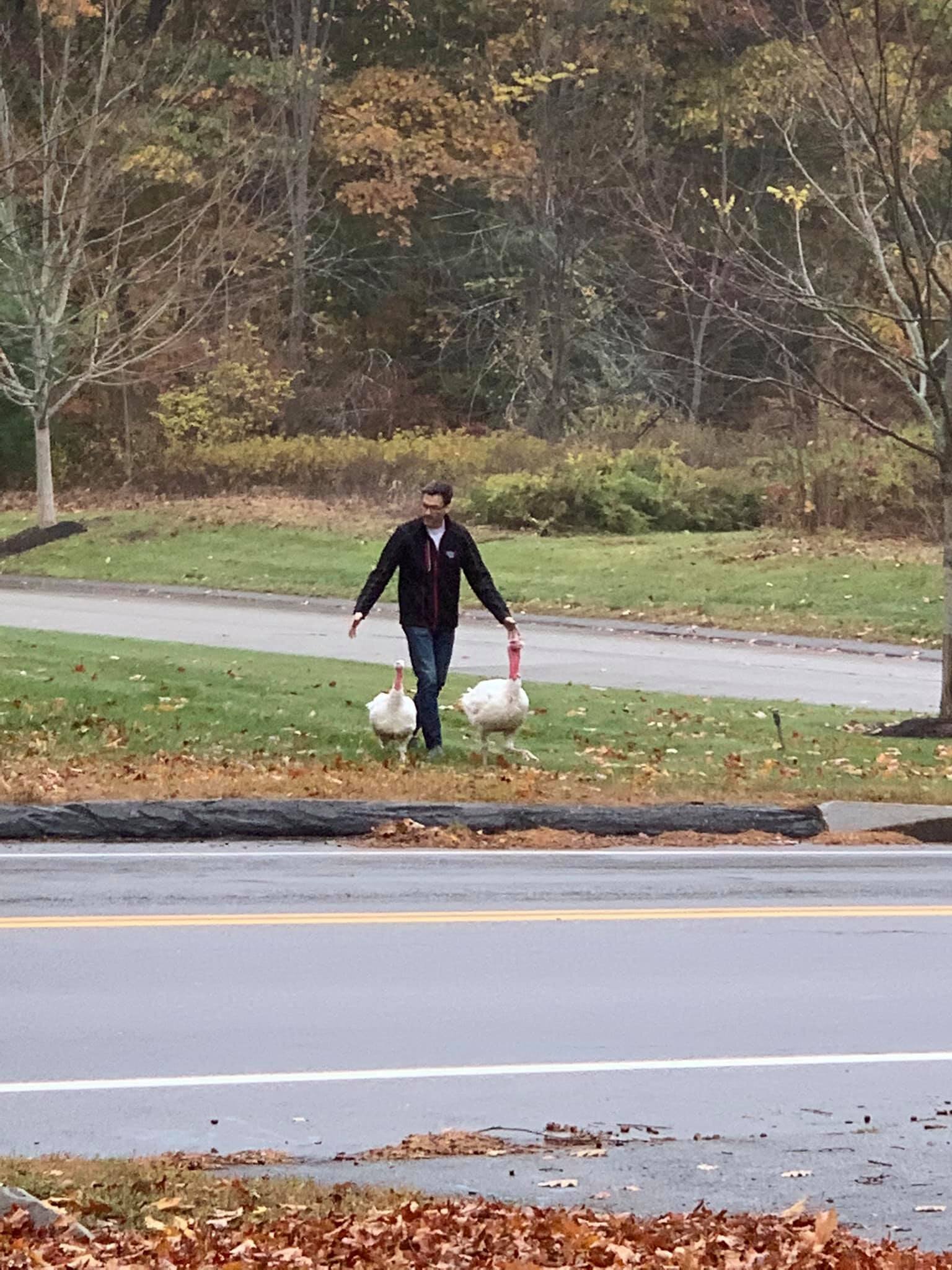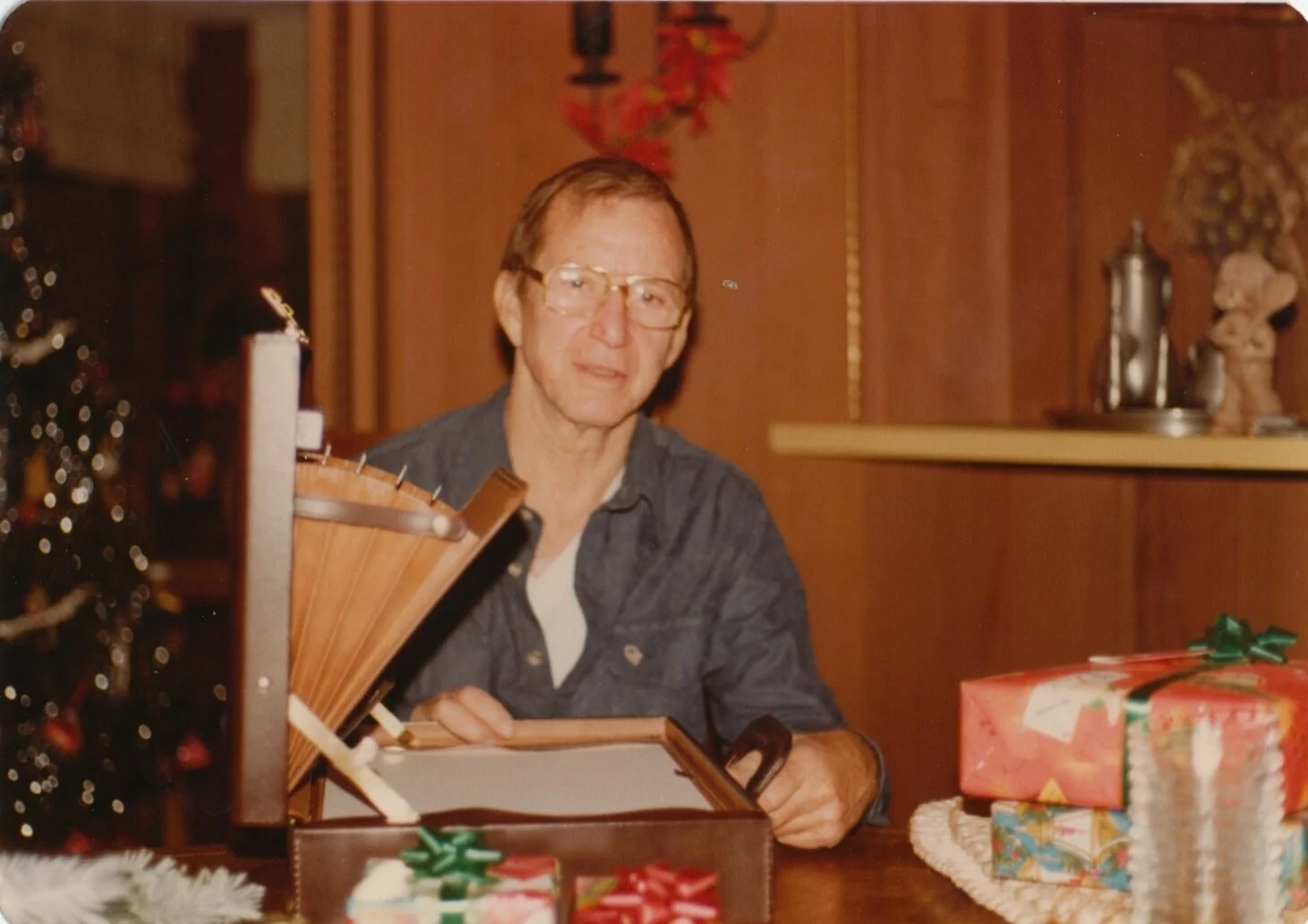Yes, I'll pretty much always take your dead animal.
/Three days ago, my Bride and I were talking about needing to source a goose for Christmas, and then this morning during a meeting, a colleague sent me a note.
"My husband just shot a goose. Do you want it?"
HELLS YES I DO.
I have been a very good boy, and the universe clearly agrees with me.
He dropped it off in a cooler, along with a note.
I left you a delicious goose. It's in your cooler. I apologize for the lack of a head, but it was a damn good shot!
Hope you enjoy!
I was totally enthusiastic about this, but I'm going to let you in on a little secret.
I had not the slightest idea what the heck to do next.
So we did what the settlers did. We looked up videos on YouTube. A couple of searches later, and we found a quick 'how to dress your goose'.
God, I love the internet.
We took the bird out to the barn, and pulled out a garbage bag.
The down was as soft as they advertise, and came out by the handful. Even the Boy got in on the action. He gloved up, just in case.
We lit the fire and commenced to plucking. (the fire comes in handy later. Hold that thought).
Mostly, it was pretty easy. Everything except the wings and some of the longer feathers came out with a gentle tug.
Most of the 'how to videos' were focused on 'breasting' the bird - dressing it in pieces. Apparently, the skin is easy to peel off, and you can quarter the bird very easily. But we want saving this bird for Christmas, and roast it for our dinner party. So we were careful to keep the skin as intact as possible (though we found one or two tears from the shot that spread).
My Bride's mom laughed as we got into the groove.
She grew up taking out chickens and dressing them with little emotion. She took care of the rooster we had a few years ago.. She is not a woman to be trifled with.
After plucking all that we could by hand, I wrapped the legs up in wire and lit a bundle of paper up to singe the remaining quills off. Just a quick pass of flame over the skin and the remaining little bits of feathers were toasted right off.
Amazing how well that worked.
Apparently, you can believe stuff you see on the internet.
George was such a good pup the whole time - she was clearly interested (particularly in the bloody bit where the head used to be). But other than wanting to be close to the action, she was content to be near enough to watch, but not mess with the goose.
Now featherless, we took the goose back into the kitchen to dress it (which is a nice way to say "get rid of the gross bits you're not going to eat.")
With frequent checks on YouTube, cutting out the bloody inner bits and setting them aside was actually way easier than I thought it would be. (I had done something similar exactly once a few years ago, when I helped a buddy of mine harvest his turkeys. My job was to pull out the guts and toss them aside. It was disgusting for all of two minutes. Surprising how fast you get used to things).
I convinced the Boy to grab onto the esophagus.
As you can see from his face, he found the experience somewhat awkward.
Here she is, all dressed and ready. The heart, liver and gizzard has been cleaned and set aside for forcemeat stuffing. This bird was flying around this morning, and is now just about ready to be roasted and served.
I washed the bird thoroughly, inside and out (just a lot of cold water), and patted her dry. Bagged and vacuum sealed, this will be a special center piece of our Christmas dinner.
And probably a center piece of the stories our kids tell their therapist some day.






























